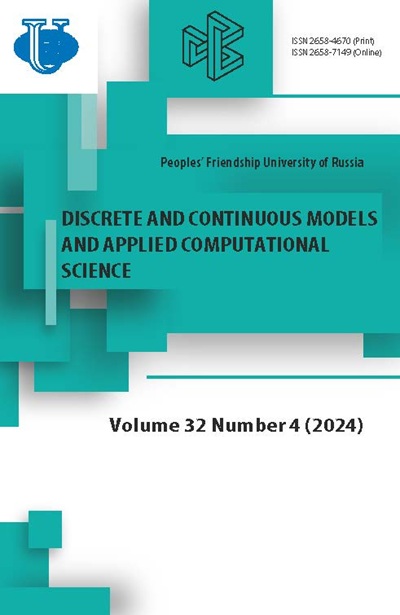Аннотация
Рассматривается использование нечетких концептуальных графов для представления знаний в процессно-ориентированных организациях. Рассмотрены два типа знаний - процедурные и декларативные, показано их различие и особенности представления и использования в базах знаний. Дано формальное определение нечетких концептуальных графов. Показаны их возможности для представления в простой и понятной форме как декларативных, так и процедурных знаний предметной области. Предложена структура Базы Знаний, которая включает три уровня: онтологический слой, содержащий концепты понятий и интегрирующий декларативные и процедурные знания; средний слой, описывающий схемы бизнес-процессов на основе исторических данных, формирующихся на базовом уровне; нижний слой, слой реальных данных, где собирается первичная информация о текущих состояниях объектов и отношений между ними. Показано отличие типов информации на каждом из слоев базы знаний, а также способ использования нечеткого концептуального графа на средне-интерфейсном слое. Рассмотрены механизмы взаимодействия и правила преобразования информации между средне-интерфейсным слоем и базовым слоем. Описан математический аппарат и методы анализа первичной информации для поддержки принятия решений по оптимизации и уточнению процедурных знаний системы, а также показатели, используемые в процессе анализа нечетких знаний.
















